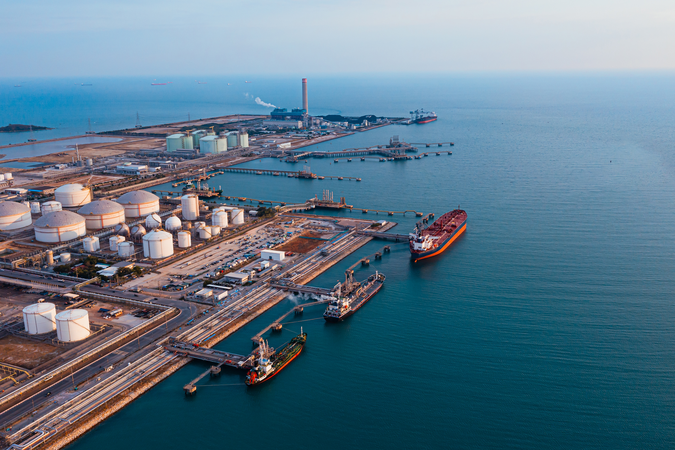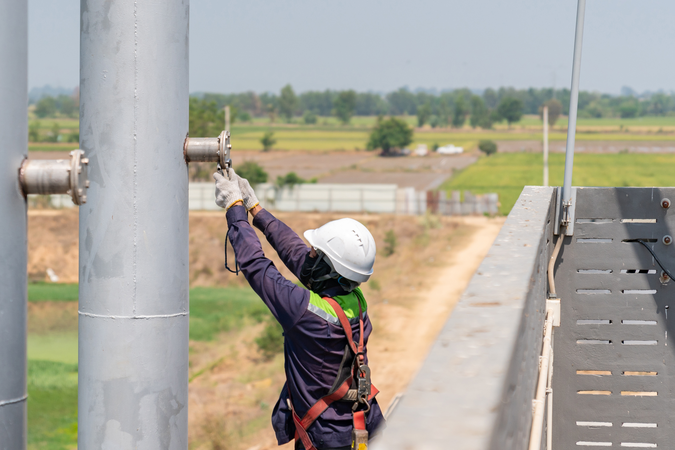How Clean is “Refined Coal”? An Empirical Assessment of a Billion-Dollar Tax Credit
A review of US tax credits for “refined coal” and its effects on air pollution
Highlights
- The US government provides nearly $1 billion/year in tax credits for “refined coal”.
- Refiners must demonstrate sufficient reductions in NOₓ, SO₂, and Hg to be eligible.
- Refiners typically demonstrate reductions in lab tests, not field operations.
- We find emissions reductions in practice are only about half of the levels required.
- The subsidy's costs are more than seven times benefits, and it increases CO₂ emissions.
Abstract
US tax law provides nearly $1 billion annually in tax credits for “refined coal”, which is supposed to reduce local air pollution. Eligibility for the credit requires firms to demonstrate legally specified emissions reductions for three pollutants. Firms typically demonstrate eligibility through laboratory tests, but results from the lab can differ from those in practice. Using a nationally comprehensive boiler-level panel dataset, we find that emission reductions in practice are only about half of the levels required, and even then only arise when certain pollution controls are installed. We also show that the policy reduces social welfare, resulting in costs more than seven times the benefits, in part because of a “rebound” effect in which the subsidy increases coal use by extending the operational life of some coal plants. Because the tax credit is up for reauthorization in 2021, our work has immediate policy relevance.





